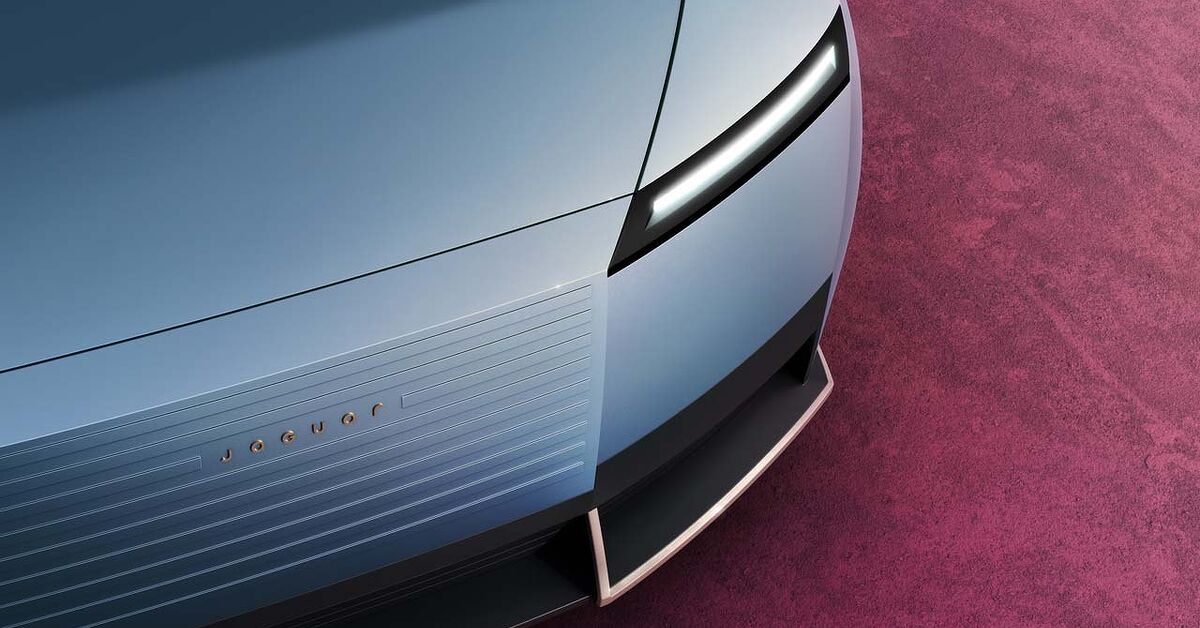Jaguar's Strange EV Plan Faces Delay

Strategic Shifts and Delays in Jaguar Land Rover’s Electric Ambitions
Jaguar Land Rover (JLR) is facing a significant setback as it delays the launch of several key electric vehicle models, including the highly anticipated Range Rover EV and a new generation of Jaguar EVs. These models were initially expected to revitalize the iconic British brand and solidify its position in the competitive luxury electric vehicle market. However, due to various challenges, their release has been pushed back to 2026 and beyond.
Market Uncertainty and Development Challenges
The decision to delay these launches stems from a combination of factors, including market volatility, corporate restructuring, and the need for further development and testing. According to recent reports, JLR is navigating through a complex landscape that includes job cuts, tariff impacts, and a softening demand for electric vehicles globally. Despite this, there remains strong early interest, with over 60,000 reservations already recorded for the Range Rover EV.
JLR's long-term goal is to offer electric versions of all its luxury brands by 2030. However, the delays could put the company at a disadvantage compared to its competitors, who are moving swiftly in the rapidly evolving luxury EV market. The automaker is taking a cautious approach, emphasizing the importance of ensuring that its new models meet the highest standards of design, capability, and quality before launching them.
Organizational Changes and Financial Pressures
In addition to the delays, JLR is undergoing significant organizational changes. The company recently announced up to 500 management job cuts in the UK as part of cost-saving measures. This comes amid financial challenges, as JLR struggles to generate profits. External economic pressures, such as newly imposed tariffs on imported vehicles and components, are also contributing to the company’s difficulties.
The impact of these delays extends to at least four electric vehicles across both the Jaguar and Land Rover brands. JLR aims to allow for further development and evaluation of these models before bringing them to market. A company spokesperson emphasized the flexibility of JLR’s plans and vehicle architectures, stating that the company is committed to adapting to different market and client demands.
The Future of Jaguar and Land Rover
While the Range Rover EV still has a core product line to fall back on, despite its age, Jaguar faces a more precarious situation. The brand does not have a legacy product to rely on, and it is currently in production purgatory. This highlights the challenges that JLR is facing as it tries to balance its ambitious electrification goals with the realities of the current market.
Despite these challenges, JLR remains focused on its vision for the future. The company is determined to launch its new models at the right time for its clients, its business, and individual markets. This approach reflects a commitment to quality and innovation, even in the face of uncertainty.
As the automotive industry continues to evolve, JLR’s ability to navigate these challenges will be crucial in determining its success in the electric vehicle market. The coming years will be pivotal for the company as it works to reestablish itself as a leader in the luxury EV segment.